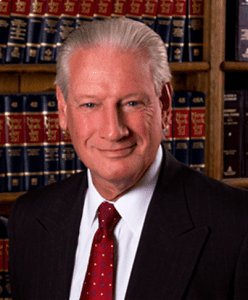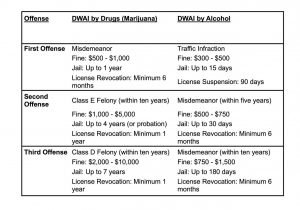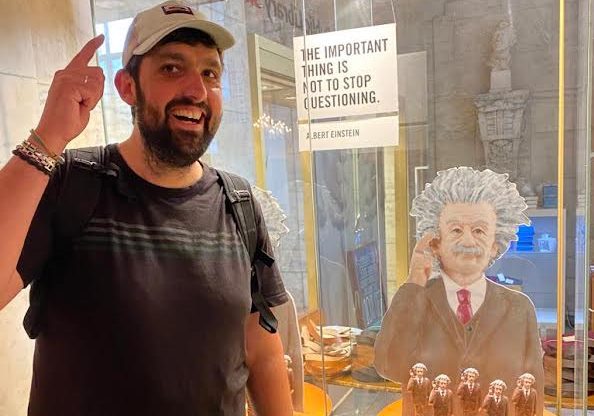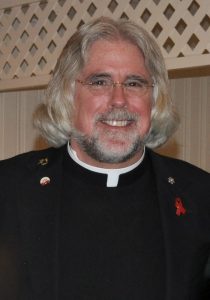Sauces and breads are among the sneakiest offenders
By David Dunaief, M.D.

If you have high blood pressure, you’ve probably been told to reduce your sodium. But what about the rest of us?
According to the Centers for Disease Control and Prevention, about 90 percent of Americans consume too much sodium. This puts our health at risk — and not just for high blood pressure (1).
What are the effects of too much sodium?
In addition to increasing our risk of high blood pressure (hypertension), with consequences like stroke and heart disease, sodium can affect our kidney function, even without high blood pressure.
The Nurses’ Health Study evaluated kidney function in approximately 3,200 women, assessing estimated glomerular filtration rate (GFR) as related to sodium intake (2). Over 14 years, those with a daily sodium intake of 2,300 mg had a much greater chance of a 30 percent or more reduction in kidney function when compared to those who consumed 1,700 mg per day.
Kidneys are an important part of our systems for removing toxins and waste. They are also where many hypertension medications work, including ACE inhibitors, ARBs, and diuretics (water pills). If kidney function declines, it can be harder to treat high blood pressure. Worse, it could lead to chronic kidney disease and dialysis. Once someone has reached dialysis, most blood pressure medications are not very effective.
What are sodium recommendations?
Interestingly, the current recommended maximum sodium intake is 2,300 mg per day, or one teaspoon. If you’ve been paying attention, you’ve probably noticed that’s the same level that led to negative effects in the study. However, Americans’ average intake is 3,400 mg a day (1).
If we reduced our consumption by even a modest 20 percent, we could reduce the incidence of heart disease dramatically. Current recommendations from the FDA and the American Heart Association indicate an upper limit of 2,300 mg per day (3, 4). The American Heart Association goes further, suggestion an “ideal” limit of no more than 1,500 mg per day (3).
What are the biggest sodium sources?
More than 70 percent of our sodium intake comes from processed and packaged foods and from restaurants, not the saltshaker. There is nothing wrong with eating out or ordering in on occasion, but you can’t control how much salt goes into your food. Even when you request “no salt,” many items are pre-seasoned, and sauces can contain excessive amounts of sodium.
One approach to reduce your sodium intake is to choose products that have 200 mg or fewer per serving indicated on the label. Foods labeled “low sodium” have fewer than 140 mg of sodium. This is not the same as foods labeled “reduced sodium.” These have 25 percent less than the full-sodium version, which doesn’t mean much. For example, soy sauce has about 1,000 mg of sodium per tablespoon, but low-sodium soy sauce still has about 600 mg per tablespoon.
Salad dressings, sauces and other condiments, where serving sizes are small, add up quickly. Mustard has about 120 mg per teaspoon. Most of us use more than one teaspoon. Make sure to read the labels on all packaged foods and sauces very carefully, checking for sodium and for serving size. In restaurants, ask for sauces on the side and use them sparingly, if at all.
Bread products are another hidden source. Most contain a decent amount of sodium. I have seen a single slice of whole wheat bread include up to 200 mg. of sodium. That’s one slice. Make a sandwich with four ounces of lower sodium deli meat and mustard, and you could easily consume 1240 mg in a single sandwich.
Soups and canned goods are notoriously high in sodium. There are a few on the market that have no sodium. Look for these and add your own seasonings. Restaurant soups are a definite “no.”
Become an avid label reader. Sodium hides in all kinds of foods that don’t necessarily taste salty, such as cheeses, sweet sauces and salad dressings. Put all sauces and dressings on the side, so you can control how much — if any — you choose to use.
Is sea salt better than table salt?
Are sea salts better for you than table salt? Not really. They can have a slightly lower level of sodium, but that’s because their crystal shape means fewer granules fit in a teaspoon. I recommend not using either. In addition to causing health issues, salt dampens your taste buds, masking other flavors.
As you reduce your sodium intake, you might be surprised at how quickly your taste buds adjust. In just a few weeks, foods you previously thought didn’t taste salty will seem overwhelmingly so, and you will notice new flavors in unsalted foods.
When seasoning your food at home, use salt-free seasonings, like Trader Joe’s 21 Seasoning Salute or, if you prefer a salty taste, consider a salt substitute, like Benson’s Table Tasty.
References:
(1) cdc.gov. (2) Clin J Am Soc Nephrol. 2010;5:836-843. (3) heart.org. (4) fda.gov.
Dr. David Dunaief is a speaker, author and local lifestyle medicine physician focusing on the integration of medicine, nutrition, fitness and stress management. For further information, visit www.medicalcompassmd.com or consult your personal physician.







 It should be noted that a significant difference between these two offenses is the severity of the above consequences. A DWAI by marijuana conviction results in a criminal record from the first offense, whereas a first-time DWAI by alcohol does not. However, proving impairment due to marijuana can be more complex. Unlike alcohol, where Blood Alcohol Content (BAC) levels provide a straightforward measure of impairment, the presence of drugs like marijuana does not necessarily indicate impairment. The prosecution must demonstrate that the driver’s ability to operate the vehicle was actually impaired. However, there is a movement underfoot to lower the legal BAC limit, which would seriously affect the enforcement, prosecution, and defense of Driving While Intoxicated (DWI) cases. More will be written about this in future articles.
It should be noted that a significant difference between these two offenses is the severity of the above consequences. A DWAI by marijuana conviction results in a criminal record from the first offense, whereas a first-time DWAI by alcohol does not. However, proving impairment due to marijuana can be more complex. Unlike alcohol, where Blood Alcohol Content (BAC) levels provide a straightforward measure of impairment, the presence of drugs like marijuana does not necessarily indicate impairment. The prosecution must demonstrate that the driver’s ability to operate the vehicle was actually impaired. However, there is a movement underfoot to lower the legal BAC limit, which would seriously affect the enforcement, prosecution, and defense of Driving While Intoxicated (DWI) cases. More will be written about this in future articles.

















